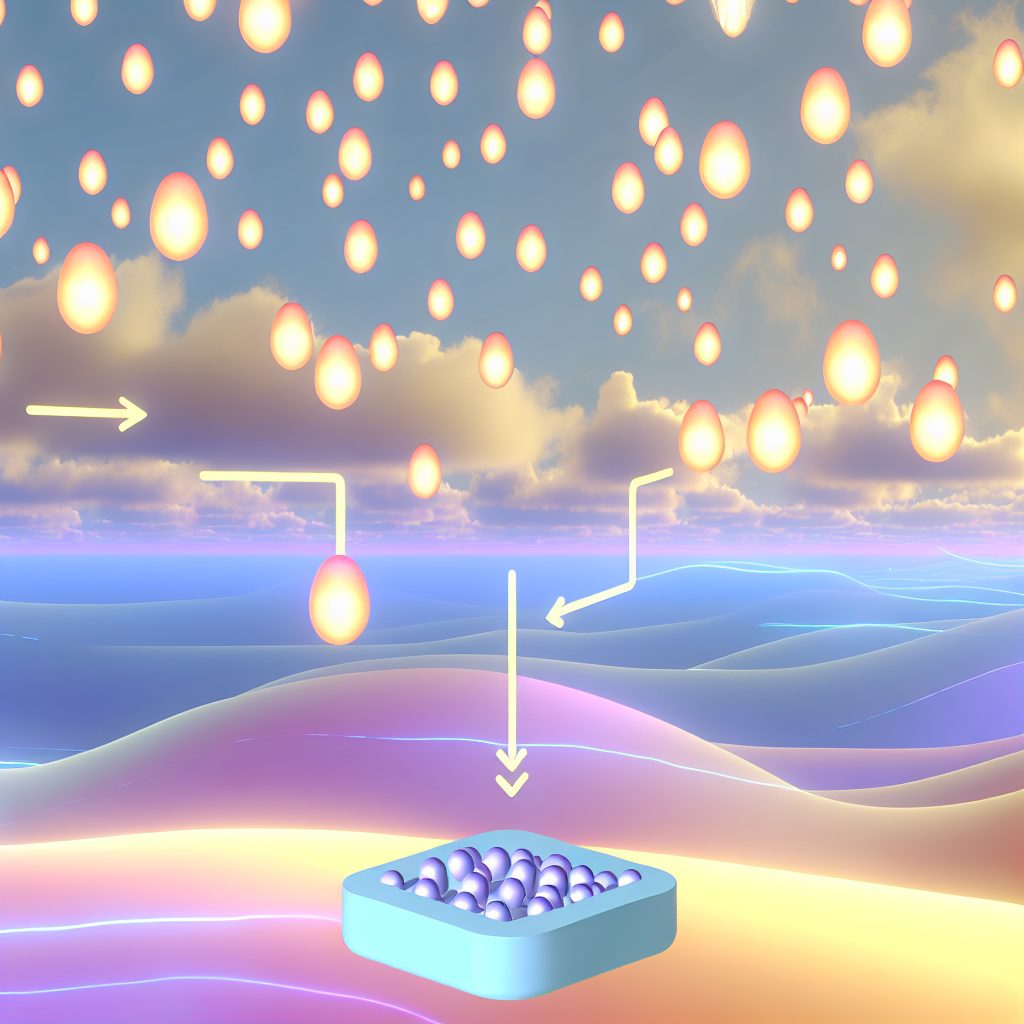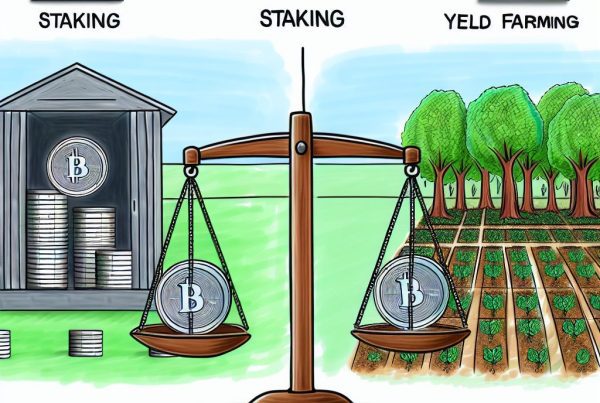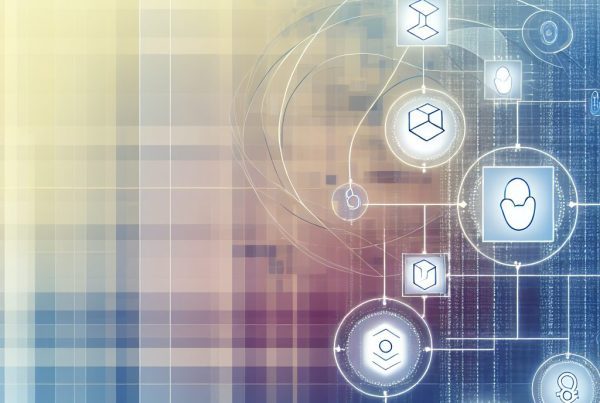What Are NFT Generative Traits?
The world of Non-Fungible Tokens (NFTs) has revolutionized the way we perceive digital ownership and creativity. Among the various aspects of NFTs, generative traits play a pivotal role in defining the uniqueness and value of each token. This article delves into the intricacies of NFT generative traits, exploring their significance, how they work, and their impact on the cryptocurrency industry.
Understanding NFTs and Generative Art
Non-Fungible Tokens are unique digital assets verified using blockchain technology. Unlike cryptocurrencies such as Bitcoin or Ethereum, which are fungible and can be exchanged on a one-to-one basis, NFTs represent ownership of a specific item or piece of content, such as art, music, or virtual real estate.
Generative art, on the other hand, refers to artwork created through algorithms and code. This form of art allows for the creation of unique pieces based on predefined parameters. When combined with NFTs, generative art can produce a vast array of unique tokens, each with its own distinct characteristics.
What Are Generative Traits?
Generative traits are the individual characteristics or attributes that define each NFT within a generative art collection. These traits can include various elements such as color, shape, size, and other visual features. The combination of these traits results in a unique piece of art that can be owned, bought, or sold on the blockchain.
For instance, in a generative art project, an artist might define a set of traits such as:
- Background color
- Shape type (circle, square, triangle)
- Pattern (striped, dotted, solid)
- Size variations
- Accessories (hats, glasses, etc.)
Each NFT generated from this project will have a unique combination of these traits, making it one-of-a-kind.

The Process of Creating Generative Traits
The creation of generative traits involves several steps:
- Defining Parameters: Artists or developers outline the traits and their possible variations.
- Algorithm Development: A code is written to randomly combine these traits to generate unique outputs.
- Minting NFTs: Each unique output is then minted as an NFT on a blockchain, typically Ethereum.
This process allows for the creation of thousands, or even millions, of unique NFTs from a single set of traits, enhancing the diversity and appeal of the collection.
Why Are Generative Traits Important?
Generative traits are crucial for several reasons:
- Uniqueness: Each NFT’s unique combination of traits ensures that no two tokens are alike, which is a fundamental aspect of their value.
- Scarcity: By limiting the number of certain traits, artists can create a sense of scarcity, driving demand and value.
- Community Engagement: Generative traits can foster community involvement, as collectors may seek specific traits or participate in discussions about their rarity.
Real-World Applications of Generative Traits
Generative traits have found applications in various NFT projects, showcasing their versatility and appeal. Here are a few notable examples:
1. CryptoPunks
One of the earliest and most famous NFT projects, CryptoPunks features 10,000 unique 24×24 pixel art characters. Each punk has distinct generative traits, including attributes like headgear, facial features, and accessories. The rarity of certain traits has significantly influenced the market value of individual CryptoPunks, with some selling for millions of dollars.
2. Bored Ape Yacht Club (BAYC)
BAYC is another prominent NFT collection that utilizes generative traits. Each Bored Ape is a unique digital cartoon ape with various traits such as fur color, clothing, and accessories. The community aspect of BAYC has also led to exclusive events and collaborations, further enhancing the value of these NFTs.
3. Art Blocks
Art Blocks is a platform dedicated to generative art NFTs. Artists create algorithms that generate unique artworks based on specific traits. Collectors can purchase these NFTs, knowing that each piece is one-of-a-kind and created through a unique generative process. This platform has gained significant traction, with some pieces selling for substantial amounts at auctions.
The Role of Blockchain in Generative Traits
The integration of blockchain technology is essential for the creation and management of generative traits in NFTs. Here’s how blockchain enhances the process:
- Ownership Verification: Blockchain provides a transparent and immutable record of ownership, ensuring that each NFT’s provenance can be traced back to its creator.
- Smart Contracts: Smart contracts automate the minting process and enforce the rules governing the traits, ensuring that each NFT is generated according to the defined parameters.
- Marketplaces: Blockchain enables the creation of decentralized marketplaces where collectors can buy, sell, and trade NFTs based on their generative traits.
Challenges and Considerations
While generative traits offer exciting opportunities, there are challenges to consider:
- Quality Control: The automated nature of generative art can sometimes lead to outputs that may not meet artistic standards.
- Market Saturation: As more generative art projects emerge, distinguishing between high-quality and low-quality NFTs becomes increasingly challenging for collectors.
- Environmental Concerns: The energy consumption associated with blockchain transactions has raised concerns about the environmental impact of NFTs.
Future Trends in Generative Traits
The future of generative traits in the NFT space looks promising, with several trends emerging:
- Increased Interactivity: Future generative art may incorporate interactive elements, allowing collectors to modify traits or influence the artwork in real-time.
- Integration with Virtual Reality: As virtual reality technology advances, generative traits may be used to create immersive experiences in virtual worlds.
- Collaboration with AI: Artists may increasingly collaborate with artificial intelligence to create more complex and innovative generative traits.
FAQs About NFT Generative Traits
What is the difference between generative traits and traditional art?
Generative traits are algorithmically defined characteristics that create unique digital assets, while traditional art is typically created manually by artists. Generative art allows for the creation of numerous unique pieces from a single set of parameters.
How do I determine the value of an NFT with generative traits?
The value of an NFT with generative traits is influenced by factors such as rarity, demand for specific traits, the reputation of the artist, and market trends. Researching recent sales and community interest can provide insights into an NFT’s value.
Can generative traits be modified after minting?
Once an NFT is minted, its traits are typically fixed and cannot be modified. However, some projects may allow for future updates or enhancements through smart contracts.
Are generative traits only used in art NFTs?
No, while generative traits are commonly associated with art NFTs, they can also be applied to other digital assets, such as virtual real estate, gaming items, and collectibles.
Conclusion
Generative traits are a fascinating aspect of the NFT landscape, contributing to the uniqueness and value of digital assets. As the cryptocurrency industry continues to evolve, the role of generative traits will likely expand, offering new opportunities for artists and collectors alike. Understanding these traits is essential for anyone looking to navigate the world of NFTs effectively.
For the latest updates on cryptocurrency news and price tracking, consider visiting Bitrabo. Stay connected with me on social media: X, Instagram, and Threads.
Disclaimer: This article is for informational purposes only and should not be considered financial advice. Always conduct your own research before making investment decisions.
The Crypto Watchlist of the Week 🔎
Subscribe to receive expert-curated projects with real potential—plus trends, risks, and insights that matter. Get handpicked crypto projects, deep analysis & market updates delivered to you.


